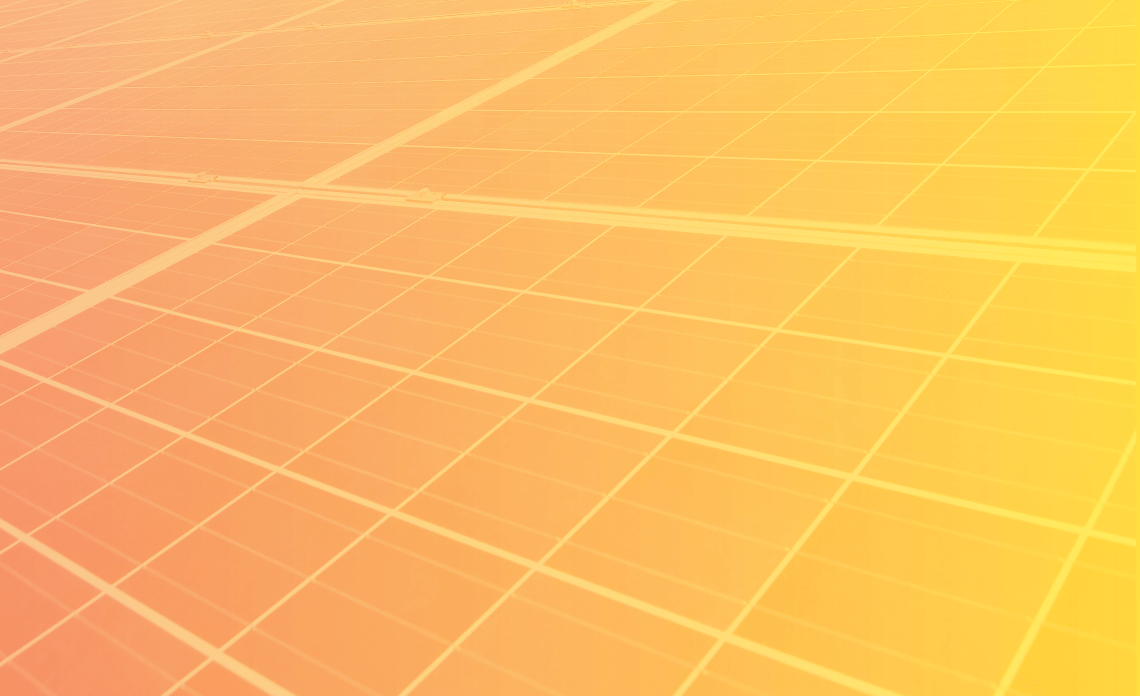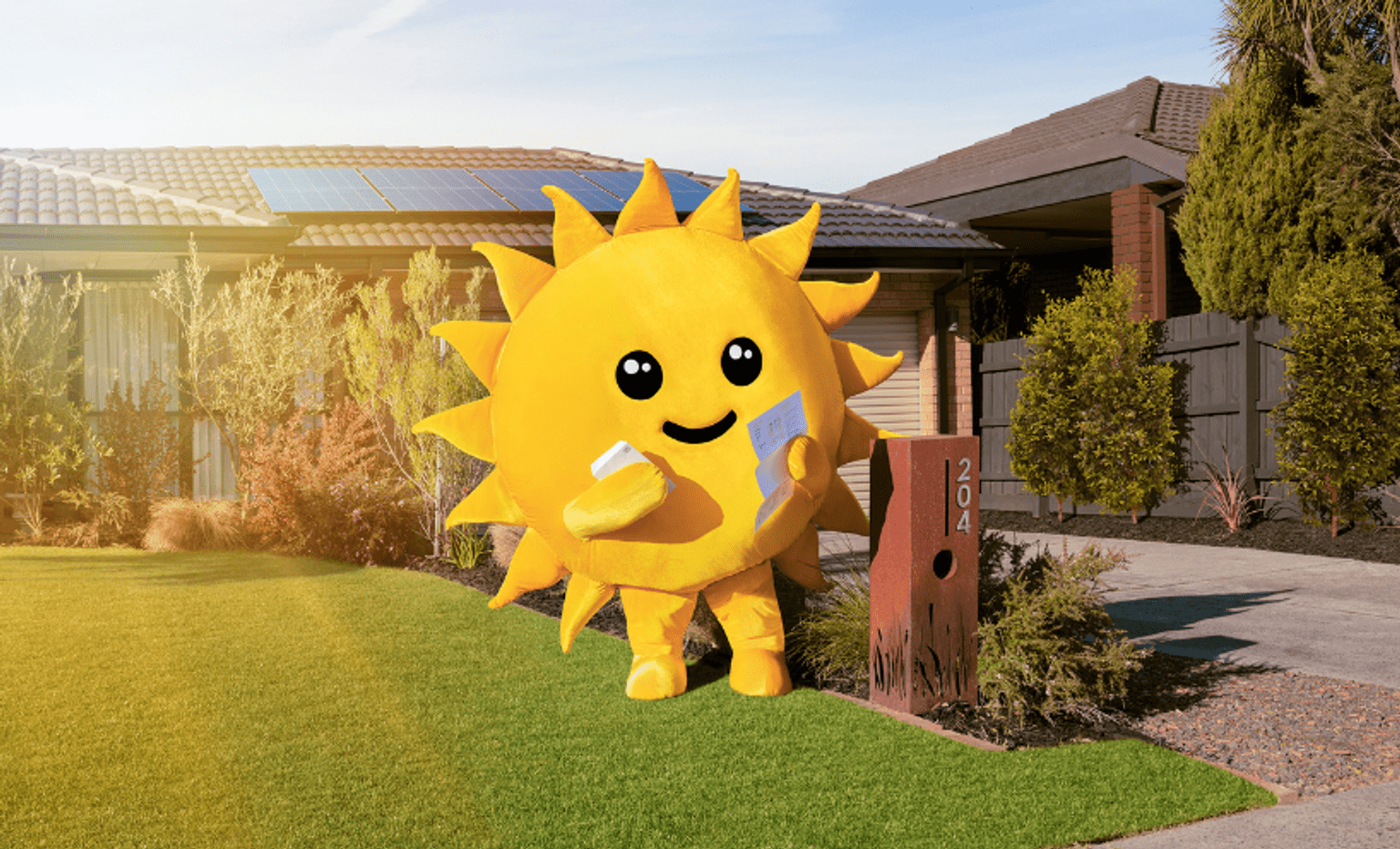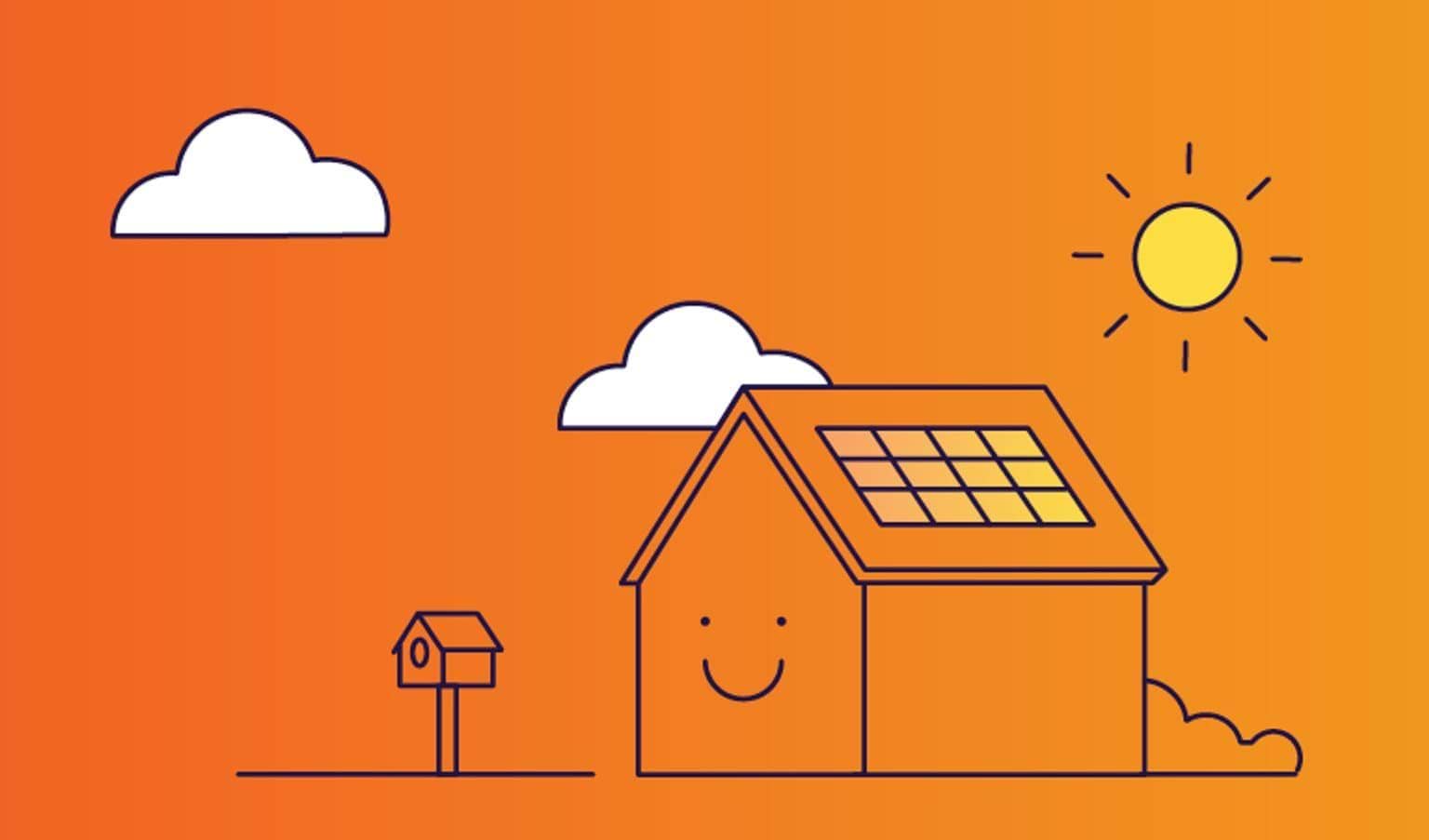How does grid-connected solar work?
Most solar customers choose a mains grid-connected system for the reliability that such a system offers.
Your home can draw electricity from the grid when insufficient electricity is being generated by the solar panels.
Any electricity produced by the solar electricity system but not needed by your house at the time it is produced is simply fed into the mains grid, with a feed-in tariff paid to the system owner.
Check with your energy distributor that your household will be able to feed excess energy into the grid.
Grid-connected systems have two main components, the solar panel array on the roof, and a grid-interactive inverter, connecting into the household’s switchboard and electricity meter.
Any electricity produced by the solar electricity system but not needed by the house at the time it is produced is simply fed into the mains grid, with a feed-in-tariff paid to the system owner.
Grid Connection
Approval for grid connection from your Distribution Network Service Provider (DNSP).
The DNSP is the business that owns and operates the electricity network – poles and wires – in your area. They are responsible for the physical connection of your system, and house, to the electricity grid.
The process and technical details for grid connection will vary depending on your specific electricity distributor.
Find your electricity distributor on the Electricity Distributor section of Victoria’s Energy website.
Solar Savvy Tip: You should check your eligibility to export with you distributor before you install.
System components: panels and inverter
Solar panels
Solar panels are made from many solar cells connected together, with each solar cell producing DC (direct current) electricity when sunlight hits it. Find out more about solar panels in Finding the right solar panels for your system.
Inverters
A solar inverter is a vital part of a grid-connect solar electricity system as it converts the DC current generated by your solar panels to the 230 volt AC current needed to run your appliances.
A grid-interactive inverter is the most common type of inverter. It requires the mains grid voltage to be present or it will shut down for safety. This means that if there is a power failure, your solar system will shut down and will not supply energy until after the mains grid returns to normal.
Hybrid, or multimode, inverters exist as well, which are designed to work with a battery (if one is installed) and as a grid-interactive inverter as well, allowing you the best of both worlds. Hybrid inverters can feed energy into the grid from either the solar array or the battery bank.
Some hybrid inverters can be installed in such a way that they can isolate themselves from the grid and continue to provide power from solar panels and batteries if the grid is down.
Find out more about inverters in Finding the right inverter for your system.
Below are some of the key issues to consider and discuss with your system installer and distributor.
Metering
Grid connection requires an electricity meter that allows recording of bi-directional electricity flow to measure energy going to and coming from the grid. Most Victorians have Smart Meters, which can do this already. But if you are one of the small number of Victorian households without a Smart Meter, you will need to upgrade.
Speak to your distributor about the process for this, and whether there will be any cost.
What about batteries?
One way of maximising household use of solar electricity is to store it in a battery for use when you need it, rather than when it is generated.
Battery systems have been around for a long time but have been complex and generally too expensive to consider with grid-connect solar PV systems.
That is changing with the introduction of simpler modular battery systems, which means that you can start with just one battery unit and add more if and when needed.
Current battery costs may not make them a suitable investment for every household, though we expect prices to continue to fall over the coming years.
When buying a solar panel system you should consider whether you want to ensure that it is also battery-capable if you want to upgrade.
Find out more about buying a battery in the Battery Buyer’s Guide.
Solar Savvy Tip: We recommend talking to your installer about systems that are battery-capable. This means you will be able to add a battery to your system in the future.
Updated



